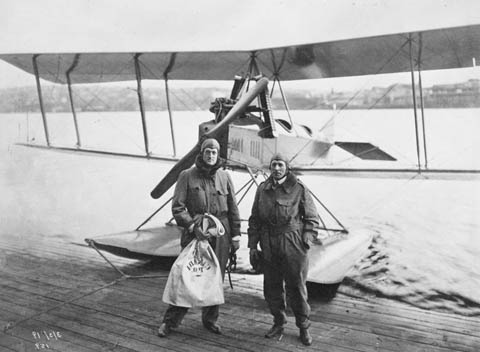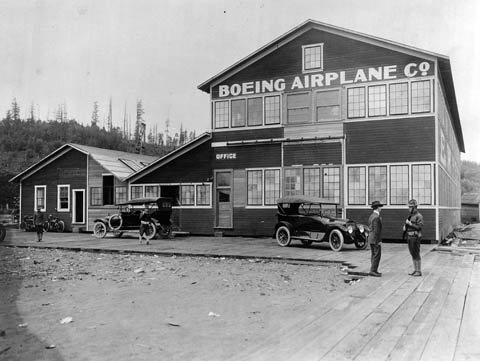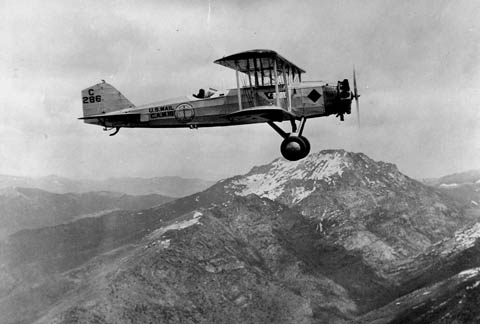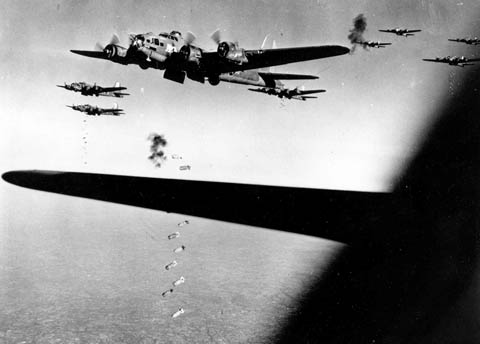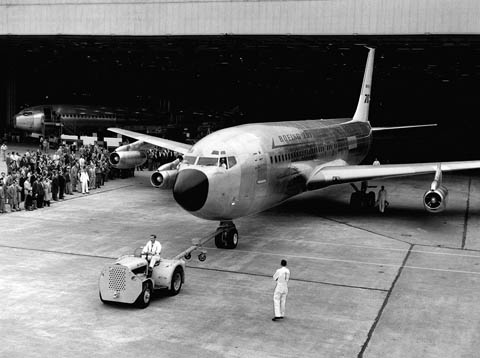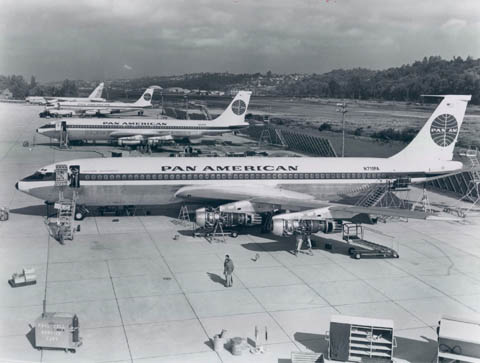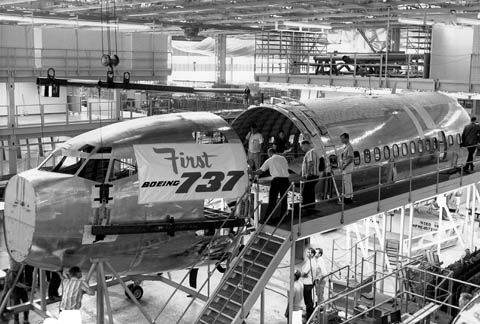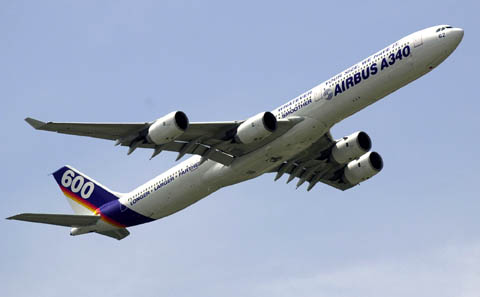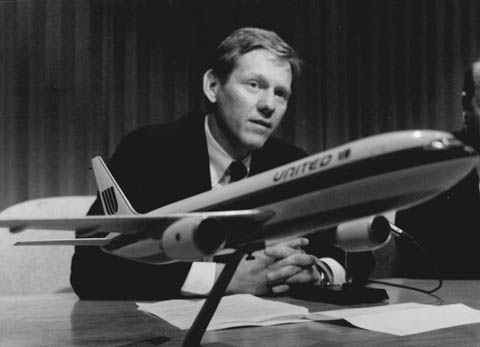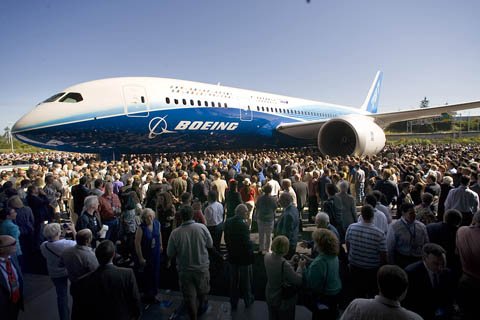The Boeing Co. started with a partnership between a Seattle timberman and yachtsman, William E. Boeing, and U.S. Navy Lt. George Conrad Westervelt, an engineer. The first two planes built were seaplanes, the Model B&W. Westervelt was transferred to the East Coast before the first flight on June 15, 1916.
On July 15, 1916, Boeing incorporated the business as the Pacific Aero Products Co., which a year later became Boeing Airplane Co. After the U.S. entered World War I, the military needed naval training planes, so Boeing shipped two new Model Cs to Pensacola, Fla. The Navy was impressed and ordered 50 more.
